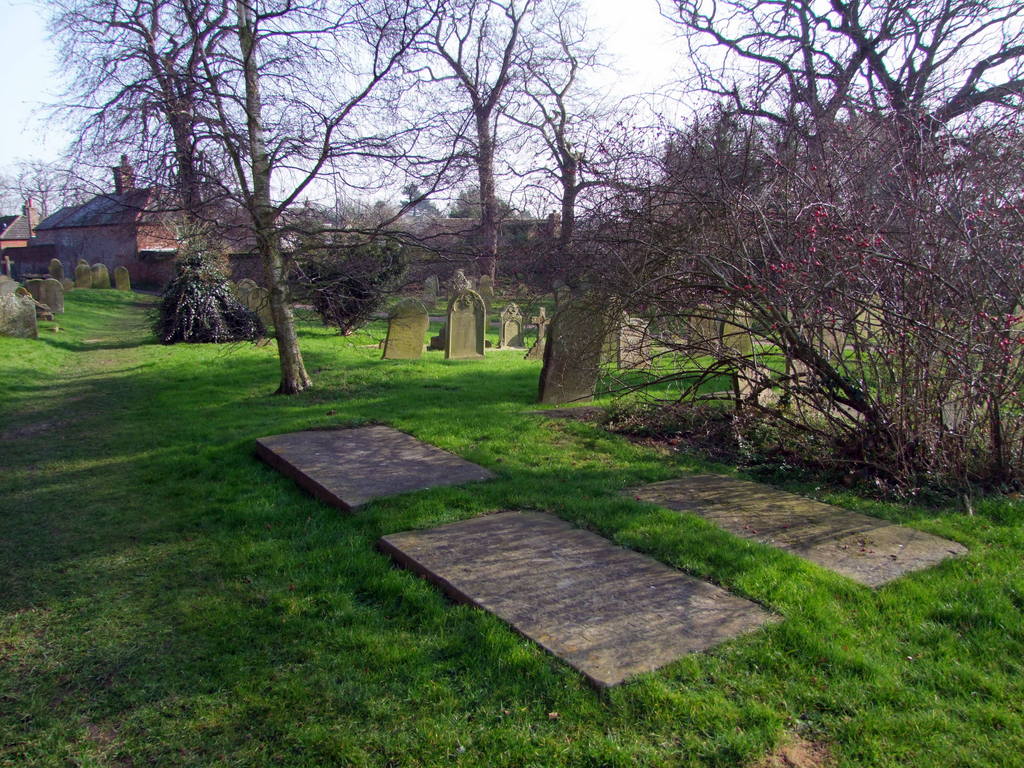William Creasey (1717-1797) of Martham

The Creasey family was one of a group of prominent 18th/19th century families that included the Risings, Purdy and Robins who lived around the centre of the village. They were business people and land owners who were mostly related by marriage. William Creasey was a successful grocer and central figure in this group.
William was born on 21st June 1717 at Martham as the son of Benjamin Creasey & Elizabeth, nee England. He was baptised on 9th July the same year at St Mary the Virgin, Martham. When he was 30, he married Mary Robins the daughter of Thomas Robins & Mary, nee Jeffries, on 14th March 1748 in the Cathedral Church, Norwich. They went on the have the following children who were all born in Martham:
- Elizabeth, who was born on 17th January 1750 and married Joseph Cookson on 20th September 1787 at Great Yarmouth. They did not have any children and she left her estate to her four nephews. She died on 4th December 1825 and is buried at St Mary the Virgin in an unknown grave.
- Benjamin, who was born about 1751 but died the following year. Benjamin and his sister Jemima were probably twins.
- Jemima, who was born about 1751 and died aged 21 on 11th September 1773.
- Jane was born on 13th March 1756 and married Robert Purdy on 21st October 1777 at St Peter Mancroft, Norwich. They had four children. Jane died in February 1814. Her marriage into the Purdy family joined two eminent families of the time.
- Diana was born on 24th January 1757. She never married and ended her days living in St Marylebone, London where she died on 10th February 1834 but she never lost her love of Martham and is buried alongside her father at St Mary the Virgin. During her lifetime she became a substantial landowner in Martham and benefactor to charities. You can read more about her by clicking on her name.
- Robert, who was born about 1758 and died, aged only 7, on 6th May 1765.
- Ann, who was born on 5th August 1761. She married John Ewing on 25th September 1786 at St Michael, Coslany, Norwich. She died on 26th April 1789 at Cringleford, Norfolk.
It appears that William’s marriage to Mary Robins was an astute move because Mary was already wealthy in her own right as both her parents had died before she married. The money in her family had come down from her grandfather Thomas. He was an extremely wealthy man having made good starting out as a lowly blacksmith but by purchasing land at both Mannington Hall and Bintree Hall, which also brought him the title of Lord of the Manor, he amassed an estate of 200 acres by the time of his death. He also owned a large Manor House in the centre of the village of Itteringham which he had had built in 1707.
In those days any money a women had at marriage became her husband’s and it is said this was the source of William’s wealth.
In addition to his good marriage William was descended from a long line of Creasey family members from Martham with his grandfather being a tailor. The family must have been reasonably well off as William was listed in the Martham Poll Book of 1734 as being entitled to vote which at that time meant he must have been a property owner and yet he was only 17 years of age.
By 1750 William was already known to be a well-off grocer and draper at Martham but the location of his shop is not certain, it may have been at Norwich House but this is only conjecture. There is an entry in a list of apprenticeships dated June 1759 that includes a William Creasey of Martham a woollen draper taking on a John Witherspoon as an apprentice. We also know that William diversified as the deeds to The Firs in Rollesby Road tell us that when he died part of his estate included six acres of land that The Firs would be built on at a later date. Part of the same six acres has since become the Playing Field.
William made a Will on 30th January 1788 in which he left his estate, firstly to his wife who only outlived him by a year, and then to his three remaining daughters. The amount in his estate is not stated but later records show that each of his daughters were quite wealthy, some part of which must have come from their father.
Willian died on 10th April 1797 in Great Yarmouth where he had retired but was buried at St Mary’s at section D, plot C1. His gravestone is shown at the top of this page.